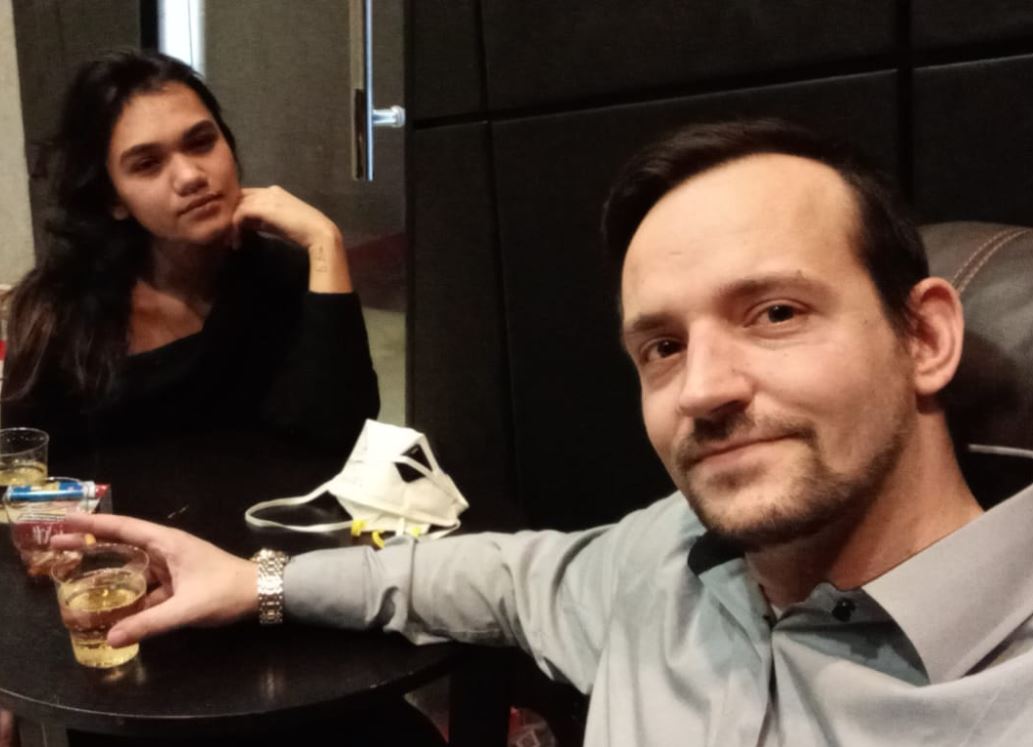Enigmatic fossils in China could rewrite human history
Puzzling fossils from China could rewrite the history of origin of humanity. Scientists propose the recognition of a new kind, homo juluensis. Discover more about this fascinating finds!
Enigmatic fossils in China could rewrite human history
A find of human -like fossils in China has been dealing with scientists for decades and remains without a clear explanation and categorization.
discovery and meaning of the fossils
The founded remnants, teeth, pine and other remains come from various locations in the country and clearly belong to archaic hominins - the scientific concept for species in the human parentage line - which lived 300,000 to 100,000 years ago. However, it was never clear how these bones belonged or where they could be classified in the complex family tree of mankind.
new knowledge and controversy
Christopher Bae, professor of anthropology at the University of Hawaii in Manoa, who worked in Beijing for many years, and his colleague Wu Xiujie, a senior professor at the Institute for vertebrate Paleontology and Paleoanthropology in Beijing, now illuminate these mysterious fossil with a fresh look. They propose to officially recognize a previously unknown old Hominin art and have proposed the naming of a new, science of foreign species.
homo juluensis: The new ancestor of man
The most striking feature of this unknown human ancestor is an exceptionally large brain that is greater than that of our kind, Homo sapiens, the only surviving hominin type. This characteristic is reflected in the proposal for the species published by Bae and Wu in November: Homo Juluensis, an allusion to "Ju Lu", which means "big head" in Chinese.
controversy under paleoanthropologists
"Your skulls are actually very, very large, the estimated skull capacity is 1,700 to 1,800 cubic centimeters," said Bae. "We have a minimum capacity of around 1,350 cc, on average we are around 1,450 cc. It is not a difference in size, but it is much more robust."
The suggestions of BAE and WU create controversy among paleoanthropologists, since some scientists believe that this new group is not sufficient to classify them as a new way.
The secrets of human evolution
If the analysis of BAE and WU is correct, these fossils could be the key to solving one of the greatest puzzles in human evolution: a mystery that began with the discovery of a little finger in the Denissova cave in the Altai mountains in South Sibiria. The DNA analysis of this small fossil in 2010 led to the realization that it is a distinct old human population, which is referred to by the scientists as Denisovans.
The challenge of classification
Many people who live today wear traces of Denisovan-DNA in their genetic makeup. But since fossils of these extinct ancestors are still rare, experts do not know exactly what they looked like, where they lived or why they disappeared.
enclosed fossils from Xujiayao
The difficult to register Chinese remains include 21 fossils, which were found on the 1970s at the Xujiayao location, on the border between the northern Chinese provinces Shanxi and Hebei. These copies come from 16 individuals who lived 200,000 to 160,000 years ago.
displaced discoveries
The other interesting locations include Lingjing in the Xuchang district in the province of Henan and the northeastern city of Harbin in the province of Heilongjiang, where a skull that was hidden in a well about 90 years ago was recently rediscovered.
Many of these fossils were ignored because at the time of their discovery in the 1970s and 1980s, scientific beliefs about human origins differ significantly from today's theories. At that time, many paleoanthropologists thought that today's human populations had developed regionally from archaic hominins such as Homo erectus who left Africa about 2 million years ago.
The theory of evolution in change
This scientific approach, known as multi -regionalism, which is now largely rejected, argued that there was only one hominine type that developed into Homo sapiens over time. In contrast, scientists today have strong genetic evidence that support the African origin of all Homo sapiens
new discoveries and their importance
The following discoveries in Asia and Africa, such as the finds of Homo Floresiensis and Homo Naledi, have also pointed out that the current situation in which only one Hominin type exists is unusual. "The last 50 years of the fossil finds have made it clear that there was never a single hominine line that makes people very unique today," says Carrie Mongle, assistant professor at Stony Brook University in New York.
fossil analysis and the Dragon Man
As part of the first "comprehensive" analysis of the Xujiayao copies, BAE and WU digitally reconstruct a skull. His large, wide and flat shape was completely different from the skulls of other known hominean species such as Neanderthals or Homo erectus. The skull is more like the finds known as "Dragon Man".
The challenge of species name
The decision about the name of a new kind like Homo Juluensis lies with the researchers who have to follow international guidelines. However, there is no official approval process, and whether the species name is ultimately used depends on whether other researchers accept it in scientific literature.
Overall, there are many different views in the world of paleoanthropology. The process of research and classification is complex, and the debates are often controversial. The story of the Denisovans and the newly discovered fossils is far from being told.

 Suche
Suche
